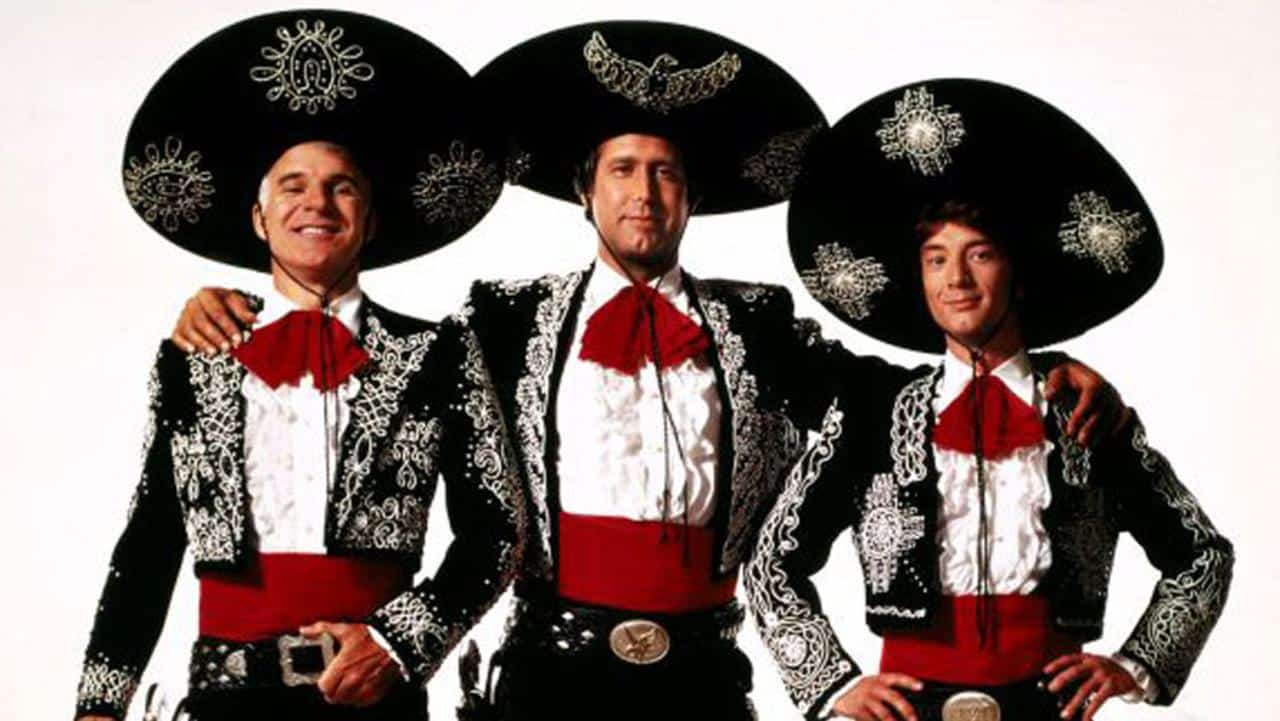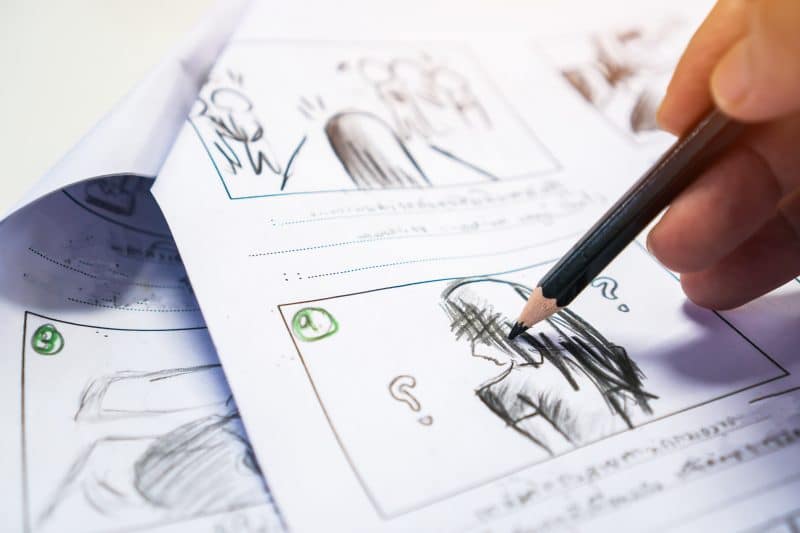The monster genre has evolved in countless ways over the years since the early days of Nosferatu and The Golem. Since the beginning, what has always been interesting is how horror as a genre has been the launch pad for film makers who are given a tight budget, prove themselves and go on to greatness. This article will provide some film making video production techniques of how to produce a classic horror movie on a shoe string – the same way that Carpenter, Hooper, Dargento and so many others before have done.
Your Monster
The first important decision to make (in our opinion) is to ditch any idea of some extravagant CG monster. Firstly computer graphics cost a fortune and take a lot of time to produce. For a new film maker with a limited budget and a time scale this isn’t practical. Secondly – the chances are that your CG monster will look rubbish. If Hollywood can pump millions of dollars of CG into the remake of “The Thing” and “Super 8” (two recent examples) and it not work – what are the chances of you making it on a budget of £5K?
A much more cinematic and cost effective alternative is to build your monster using good old fashioned prosthetics – to have the monster on the set, so the cast can react to it and the monster is “in camera” – rather than badly pasted on afterward.
The Jaws method
This dove tails nicely into the Jaws method. Spielberg – so embarrassed by how plasticy “Bruce the Shark” looked when he got to the edit suite, decided the best thing was to keep the shark hidden as much as possible. This had the happy side effect of tapping into everyone’s subconscious fear of the unseen and the unknown. You can adopt this method (and you’ll probably be doing yourself a favour if your prosthetics are a bit ropey). Having your audience gripped with fear until the last reel will help your movie no end.
Fast cutting
Another effect technique you’ll often see in good horror films is the fast cut. Again, this has its roots in masking slightly embarrassing monsters from the audience. Fast cutting in horror can be very effective at disorientation and can be unsettling. Equally – it’s important not to be caught in the trap of shaky cam/crap editing that you see in a lot of Hollywood horror remakes these days.
Lighting
Lighting of course, is a big fundamental in keeping the nasty monsters in the shadows. Modern horrors seem to have adopted an unfortunate dingy aesthetic (the remake of a Nightmare on Elm Street is a particular bug bear of mine.) There are many amazingly lit horror films to take inspiration from – I particularly like 70’s Italian horror films and Kubrick.
There is an interesting discussion of this topic here.
Another common assumption is that all horror films have to be shot at night. This seems like a reasonable assumption, but have a look at this genre defying sequence in Jeepers Creepers 2
https://www.youtube.com/watch?v=nzLq1BoLxQc
Cut aways
Cut aways (close ups) are a classic method to help ratchet up tension in horror films. The scene plays out – and you close up tighter and tighter on your protagonist. Then boo! Your monster or something else pops up and frightens the audience. Again, Jaws provides a classic example of this, in the Ben Gardner boat scene.
https://youtu.be/hb3gYaKT6r8?t=3m58s
Sound
For classic horror, sound is often the component that lifts the film to greatness. Sound can frequently be scarier than visual horror, again playing into the audiences’ subconscious fear of the unseen. Perhaps the most classic example of this is the bumping scene in the original “The Haunting”
A great example of how sound can be used in modern horror is the recent release of “The Inn Keepers”
To conclude – monster movie greatness is in the reach of anyone with a decent DSLR and a good idea. The important thing is to stay faithful to the classic techniques of horror which have stayed true and been cleverly adapted over time- rather than adopting the current vogue of “found footage” which is a bit boring now, frankly.



